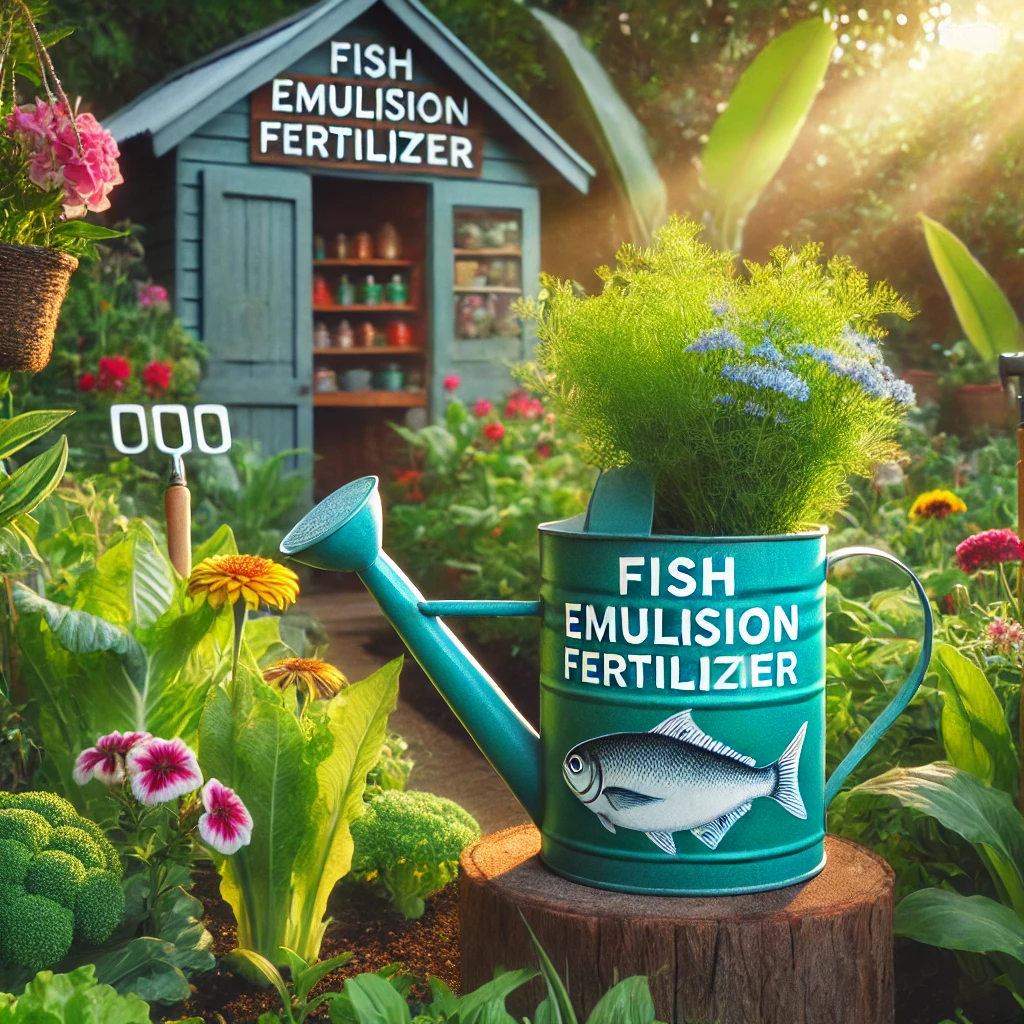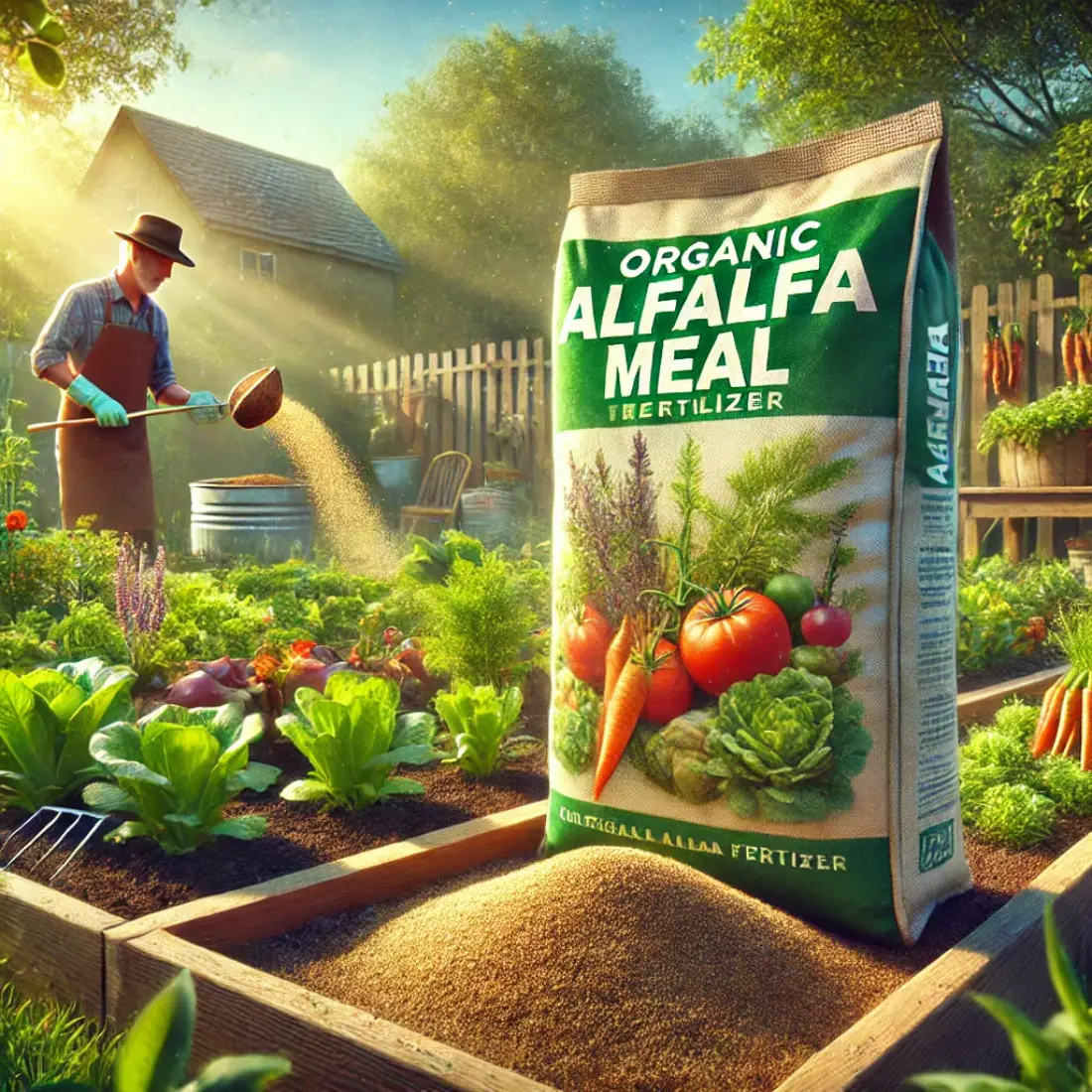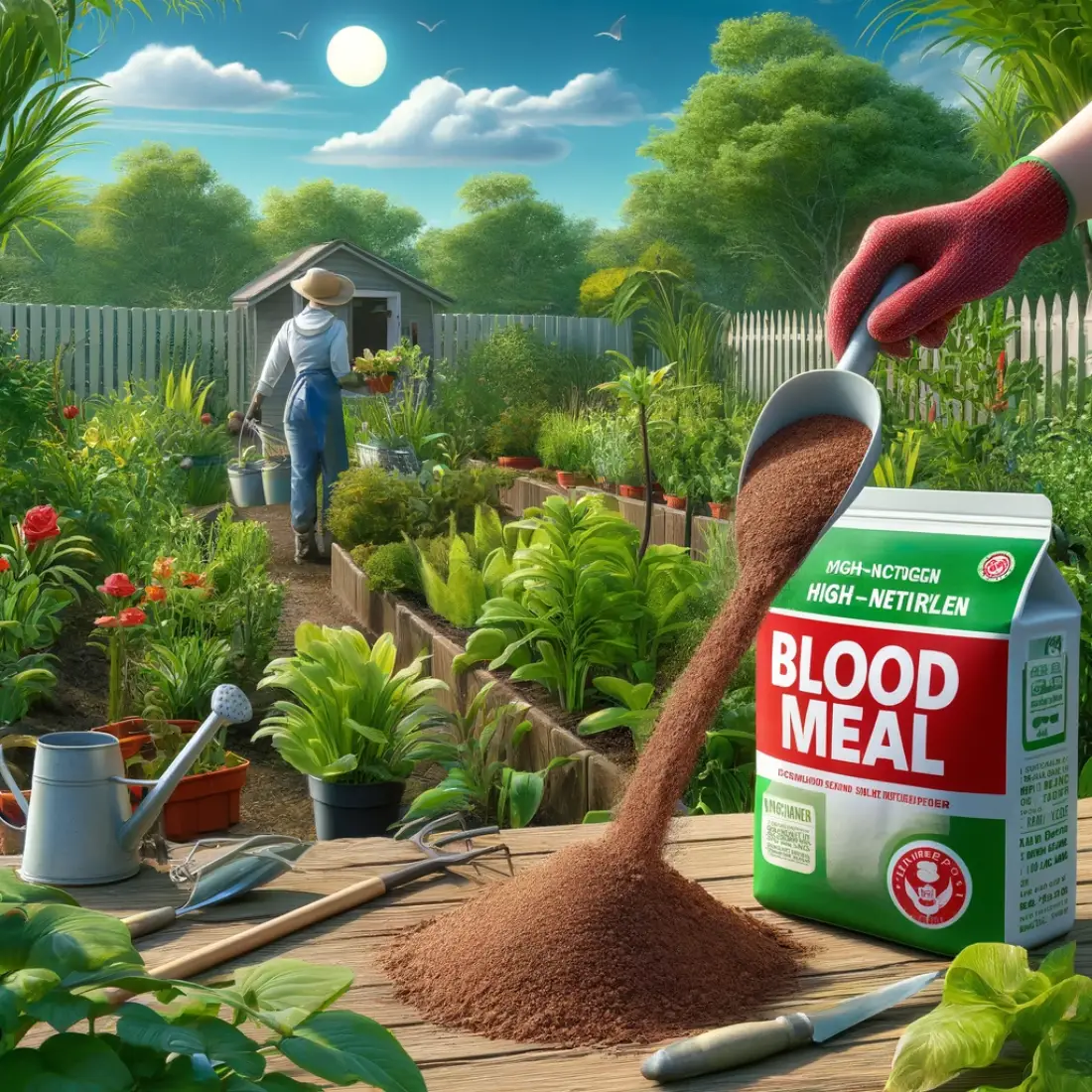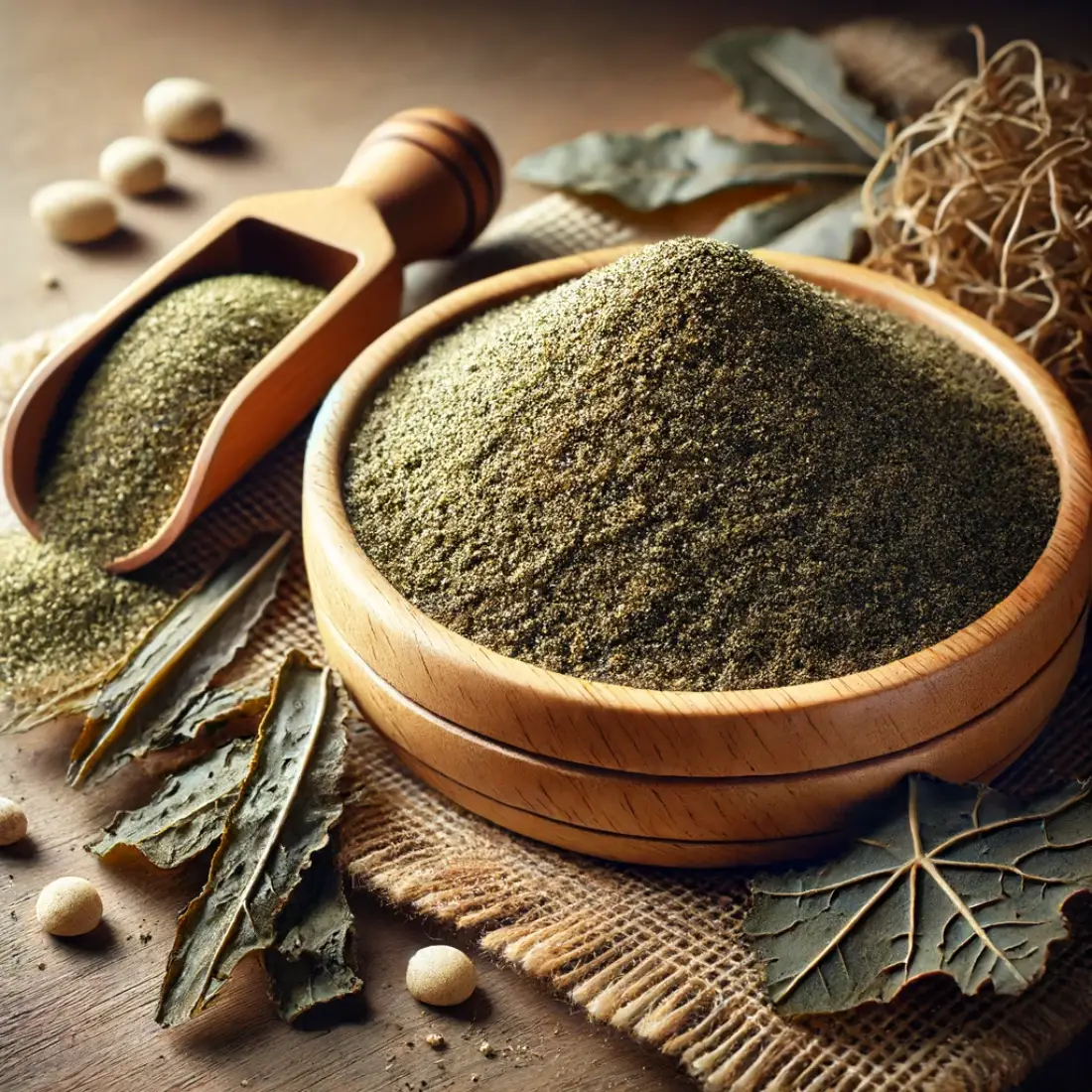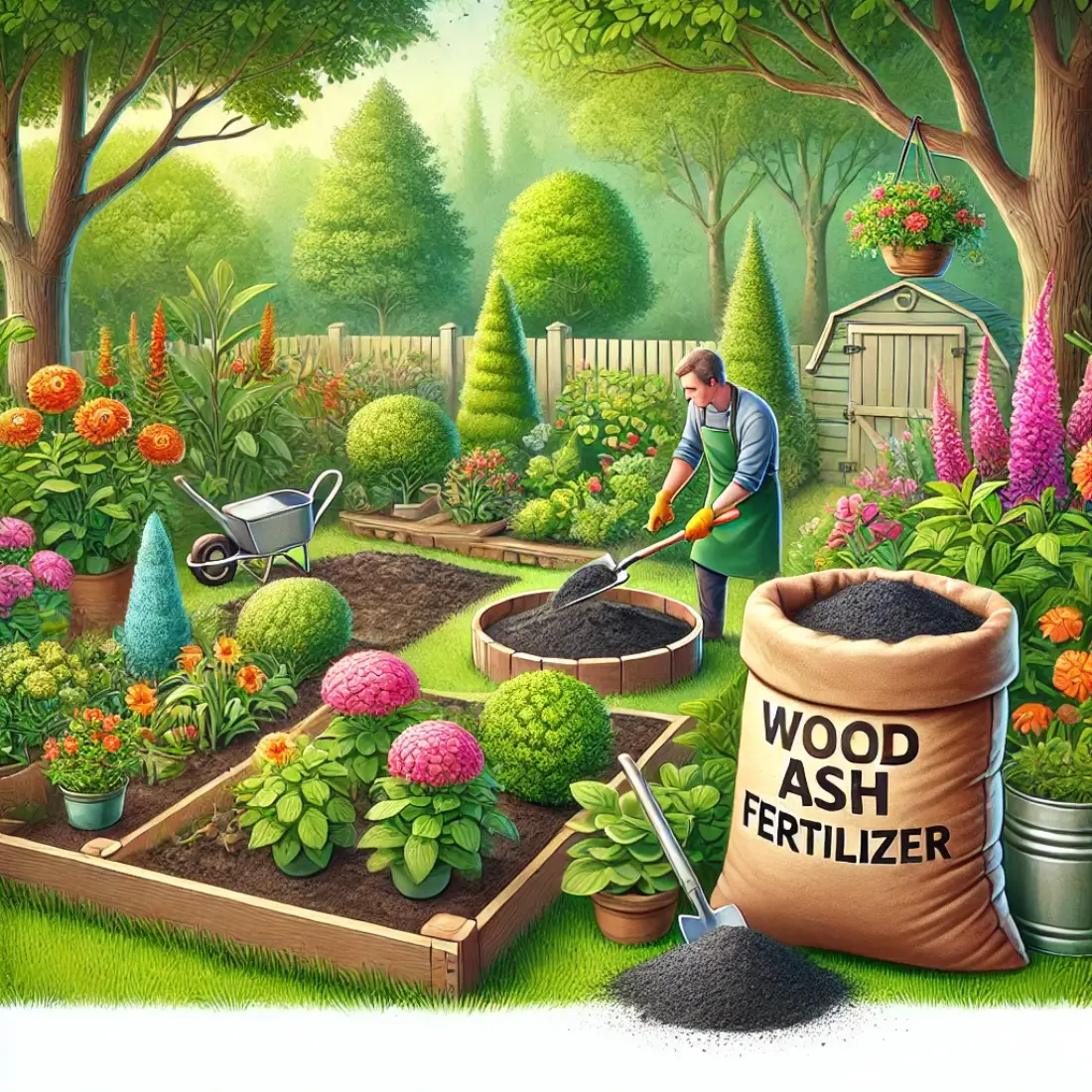Proper fertilization ensures your indoor garden reaches its full potential, and the best way to achieve this is by using organic fertilizers.
Organic fertilizers offer a sustainable, eco-friendly approach to gardening, improving plant health and the soil’s ecosystem without introducing harmful chemicals.
- Organic fertilizers enhance soil structure, improve water retention, and provide essential nutrients.
- They are safe for indoor use, sustainable, and chemical-free.
- Each type of organic fertilizer serves specific plant needs, from flowering to leafy greens.
- Proper timing and techniques can maximize the benefits of fertilization.
- Avoid overfertilization by following recommended application guidelines.
Why Organic Fertilizers Are Essential for Indoor Plants
Indoor plants rely heavily on the nutrients in their soil to grow. Unlike outdoor gardens, indoor plants have limited access to naturally replenished nutrients from decomposing organic matter. Over time, nutrients in potted soil can become depleted, leading to poor plant health.
Organic fertilizers address this problem by:
- Improving Soil Health: They enrich soil structure and promote microbial activity, creating a healthier root environment.
- Replenishing Nutrients: Organic fertilizers provide a slow release of nutrients, ensuring steady plant growth.
- Eco-Friendly Gardening: These fertilizers reduce the use of synthetic chemicals, supporting sustainable gardening practices.
Types of Organic Fertilizers and Their Unique Benefits
There are many types of organic fertilizers, each offering distinct advantages. Choosing the right fertilizer depends on your plants’ needs and your indoor garden setup.
1. Alfalfa Meal: The Balanced Nutrient Booster
Alfalfa meal is a nutrient-rich fertilizer derived from alfalfa plants. It is widely praised for its balanced nutrient profile and ability to improve soil health.
| Feature | Details |
| Nutrients | Rich in nitrogen, phosphorus, potassium, and trace minerals like magnesium. |
| Benefits | Boosts microbial activity, improves water retention, and enhances soil structure. |
| Best For | Flowering plants, vegetables, and shrubs. |
| Application | Mix into soil, apply as a top dressing, or use in compost. |
2. Blood Meal: A High-Nitrogen Powerhouse
Blood meal is made from dried animal blood and is one of the most potent sources of nitrogen available for indoor plants. It’s particularly useful for nitrogen-hungry plants like leafy greens and herbs.
Key Benefits:
- Encourages lush, green foliage.
- Restores depleted soil nutrients.
- Acts as a natural pest deterrent due to its odor.
Pro Tip: Use blood meal sparingly, as too much nitrogen can cause fertilizer burn. Always follow application guidelines.
3. Rock Phosphate: Supporting Root Growth and Flowering
Rock phosphate is a slow-release fertilizer that provides phosphorus, a vital nutrient for root development and flower production.
| Feature | Details |
| Nutrients | Contains 28% phosphorus pentoxide (P2O5). |
| Benefits | Improves soil health, enhances flowering, and supports strong roots. |
| Application | Mix with compost for best results. |
4. Kelp Meal: A Versatile Fertilizer for Indoor Plants
Kelp meal is derived from dried seaweed and contains a wealth of micronutrients and natural plant hormones.
Nutritional Profile:
- NPK ratio of approximately 1.5–0.5–2.5.
- Rich in magnesium, calcium, and iron.
Benefits:
- Enhances germination and root development.
- Improves drought resistance and plant vigor.
- Encourages flowering and fruiting.
5. DIY Organic Fertilizers: Cost-Effective and Eco-Friendly
For those who prefer a hands-on approach, creating your own organic fertilizer is a rewarding way to nourish your plants. Here’s a simple recipe:
| Ingredient | Amount | Purpose |
| Alfalfa Meal | 1 cup | Provides balanced nutrients. |
| Blood Meal (optional) | ½ cup | Boosts nitrogen levels. |
| Rock Phosphate | ½ cup | Supports root growth. |
| Kelp Meal | 1 cup | Adds trace minerals. |
| Rainwater | 1 gallon | Dilutes and activates nutrients. |
Instructions:
- Combine all ingredients in a bucket.
- Let the mixture steep for 24–48 hours.
- Use as a soil drench or foliar spray for an instant nutrient boost.
When and How to Fertilize Indoor Plants
Proper timing and application techniques are critical for effective fertilization.
Fertilization Schedule:
- Spring and Summer: Fertilize every 4–6 weeks during the active growth period.
- Fall and Winter: Reduce frequency as plants enter dormancy.
Application Techniques:
- Liquid Fertilizers: Provide immediate nutrients and are ideal for precise applications.
- Dry Fertilizers: Offer a slow-release effect and require less frequent application.
Advanced Fertilizing Tips for Indoor Gardens
Tailor Fertilization to Plant Needs
Different plants have varying nutrient requirements. For example:
- Nitrogen-Hungry Plants: Use blood meal or alfalfa meal.
- Flowering Plants: Opt for fertilizers high in phosphorus, like rock phosphate.
During spring and summer, plants are in their growth phase and require more nutrients. Reduce fertilization in fall and winter when growth slows.
Troubleshooting Common Fertilization Issues
Even with the best practices, fertilization issues can arise. Here’s how to address them:
| Issue | Symptoms | Solution |
| Overfertilization | Yellowing leaves, stunted growth. | Flush soil with clean water. |
| Fertilizer Burn | Wilting or scorched leaf edges. | Dilute fertilizer or reduce usage. |
| Nutrient Deficiency | Poor growth, pale leaves. | Use specific fertilizers to address deficiencies. |
Boost Your Indoor Plant Health with These Pro Techniques
- Use Mulch: Organic mulch retains moisture and releases nutrients as it decomposes.
- Incorporate Compost: Add compost to your soil to increase organic matter and fertility.
- Monitor Soil pH: Different fertilizers affect soil pH. Adjust accordingly to suit your plants.
FAQs on Organic Fertilization for Indoor Plants
Why is organic fertilization better than synthetic?
Organic fertilizers enrich the soil over time, support beneficial microbes, and avoid harmful chemicals that can damage plant health.
How often should I fertilize indoor plants?
Typically, fertilize every 4–6 weeks during active growth periods. Adjust frequency based on plant type and fertilizer used.
Can I over-fertilize with organic materials?
Yes, overuse can lead to nutrient imbalances and soil toxicity. Always follow recommended application rates.
Are there vegan-friendly organic fertilizers?
Yes, options like alfalfa meal and kelp meal are entirely plant-based and suitable for vegan gardening practices.


